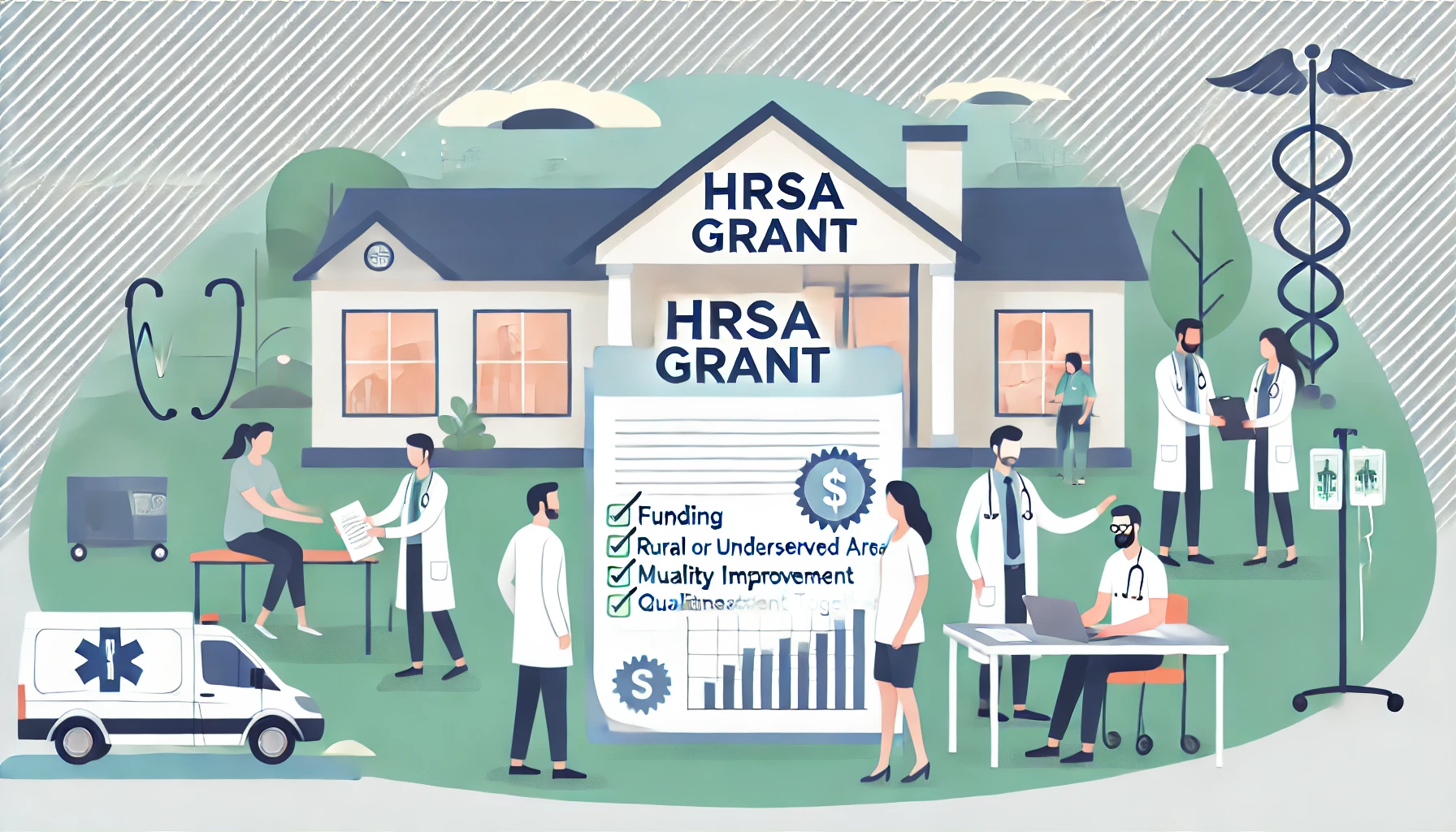
Table of Contents

Vatican unveils AI ethics guidelines, emphasizing human dignity, oversight, and responsible innovation while challenging potential dehumanizing technological developments.
Vatican unveils AI ethics guidelines, emphasizing human dignity, oversight, and responsible innovation while challenging potential dehumanizing technological developments.
Vatican's Groundbreaking AI Ethics Guidelines: Navigating the Moral Landscape of Technological Innovation
In a landmark moment for global technology governance, the Vatican has stepped forward with comprehensive AI ethics guidelines that challenge our understanding of technological development and human values. As organizations worldwide grapple with the transformative potential of artificial intelligence, these guidelines offer a unique perspective on balancing innovation with ethical considerations.
A Moral Framework for Technological Advancement
The Vatican's approach to AI ethics represents a profound intersection of technological potential and human dignity. Key highlights from their guidelines include:
- Prioritizing human-centered design
- Establishing clear ethical boundaries
- Recognizing the potential risks of unchecked AI development
The Human Element in Technological Progress
Pope Francis has been particularly vocal about the need to maintain human agency in technological development. As quoted in the original Associated Press article, the guidelines emphasize that AI should serve humanity, not replace human judgment and moral reasoning.
"Technology must never become a tool that dehumanizes or marginalizes individuals," the guidelines assert.
Potential Implications for Healthcare and Technology
From a patient safety perspective, these guidelines raise critical questions about the role of artificial intelligence in medical decision-making. While AI can provide unprecedented analytical capabilities, the Vatican's framework suggests that human oversight remains paramount.
At Medplace, we understand the delicate balance between technological innovation and human expertise. Our platform of peer review specialists ensures that technology enhances, rather than replaces, critical human judgment in healthcare settings.
Key Ethical Considerations
The Vatican's guidelines suggest several crucial considerations for AI development:
- Preserving human dignity in technological interactions
- Ensuring transparent and accountable AI systems
- Protecting individual privacy and autonomy
Challenges and Potential Controversies
While the guidelines represent a significant step forward, they are not without potential criticism. Some technology advocates might argue that overly restrictive ethical frameworks could potentially slow innovation. Conversely, those concerned about AI's societal impact will likely view these guidelines as a necessary safeguard.
A Balanced Approach to Innovation
The Vatican's document doesn't seek to demonize artificial intelligence but instead advocates for a nuanced, responsible approach to its development and implementation. This aligns closely with our philosophy at Medplace, where we view technology as a tool to enhance, not replace, human expertise.
Looking Forward: The Future of AI Ethics
As artificial intelligence continues to evolve, frameworks like these become increasingly important. They provide a moral compass for technological development, ensuring that innovation remains anchored in fundamental human values.
For healthcare organizations, this means continuously evaluating how AI can support, rather than supersede, professional medical judgment. Peer review processes become even more critical in this context, providing an essential layer of human oversight and expertise.
Practical Implications
Organizations looking to integrate AI responsibly should consider:
- Implementing robust ethical guidelines
- Maintaining human-in-the-loop decision-making processes
- Regularly assessing the ethical implications of AI technologies
Original Article Reference: AP News - Vatican AI Ethics Guidelines
As we navigate the complex landscape of technological innovation, the Vatican's guidelines serve as a compelling reminder that technology should ultimately serve humanity's best interests.

HRSA FQHC Requirements: A Comprehensive Guide for Healthcare Providers
When it comes to federally qualified health center requirements, there’s no shortage of regulations, expectations, and—depending on your perspective—opportunities.
.png)
.png)

Unlocking Funding: A Guide to Health Resources and Services Administration (HRSA) Grants
Use HRSA grants to fund external peer review programs that enhance care quality, reduce bias, and support compliance in health centers.
.png)
.png)

Understanding Critical Access Hospitals: Definition, Criteria, Requirements, and Medicare Designation
A brief summary of CAH requirements and Medicare Designation.
.png)
.png)



.png)
.png)
.png)






.png)